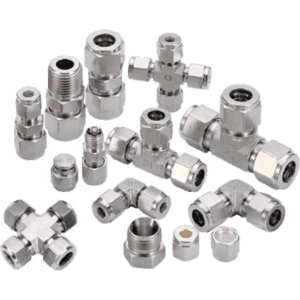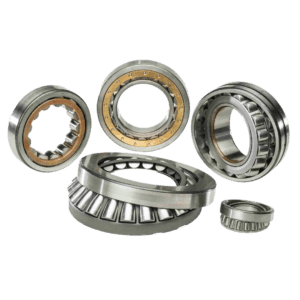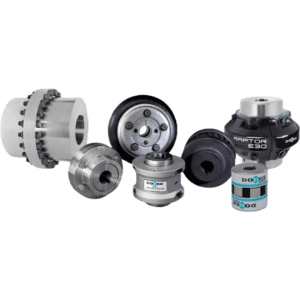PVC (Polyvinyl Chloride), CPVC (Chlorinated Polyvinyl Chloride), and UPVC (Unplasticized Polyvinyl Chloride) pipes and fittings are widely used in plumbing, chemical processing, and water distribution systems. PVC pipes are used for low-pressure applications, such as water supply and drainage. CPVC pipes, which are treated with chlorine, are ideal for handling hot water applications. UPVC pipes are similar to PVC but are unplasticized, making them more rigid and ideal for applications that require strength and durability. These pipes and fittings are lightweight, resistant to corrosion, and easy to install. Regular inspection for leaks, blockages, and pipe degradation is essential to maintain optimal performance.
Key Features:
- Corrosion-Resistant: Ideal for transporting chemicals, hot water, or liquids in harsh environments.
- Lightweight and Easy to Install: Easy to handle and install compared to metal pipes.
- Versatile Applications: Used in plumbing, irrigation, chemical processing, and industrial applications.
- Cost-Effective: Less expensive compared to metal pipes and fittings.
Types and Standards:
- PVC Pipes: Commonly used for cold-water systems, irrigation, and drainage.
- CPVC Pipes: Used for hot water systems in both residential and industrial applications.
- UPVC Pipes: Rigid pipes for industrial, irrigation, and pressure applications.
- **ISO 9001, ASTM D1785: Standards for the manufacturing of PVC, CPVC, and UPVC pipes and fittings.
Brands Available:
Finolex, Ashirvad, Supreme, Prince Pipes, Astral.
General Maintenance:
Inspect for cracks, leaks, or signs of degradation due to UV exposure. Regularly flush the system to prevent clogging and check for proper installation of fittings to avoid leaks.





